Coming from a family of artists, collector Wu Yishen is one of the early Chinese artists who focus on computer-generated art. Based on his research on art and digging into his personal identity, he founded MUD Gallery at the age of 36, which he has imbued with his personality and taste, and where he also showcases part of his art collection. It is located in a building in Shanghai’s M50 Creative Park.
LARRY’S LIST interviewed Wu Yishen about his collecting journey and philosophy, why juxtaposing ancient and modern art is so interesting to him; his latest artwork purchases; his experiences in generative art; as well as his views on NFT art.
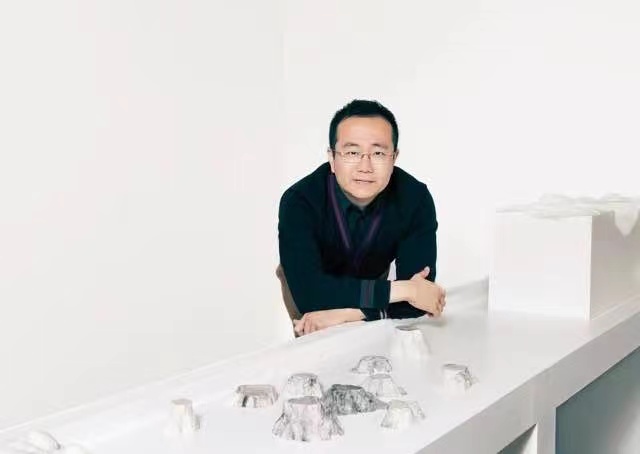
What made you want to start collecting art? How has your family influenced your interest in collecting?
My family has done more to me than “influence”. In the art world, everyone who knows me highlights my great-grandfather and grandfather, whose collections and monographs can often be seen all over the world. And to this day, all my attempts are still trying to unravel a small piece of code in their artistic ideas.
How has your collecting philosophy evolved? What are the differences in focus at each stage?
From my personal point of view, from the beginning, I wanted to understand the connection between ancient Chinese art and the Internet age; before 2014, my energy was mainly focused on the study of various disciplines of ancient China; in the past few years, I have expanded my studies of ancient art and various 20th-century modern art schools from around the world; and it is only in the last two years that the cognitive structure of how to interpret my initial topic has fully stabilized. Now I know exactly what I need.
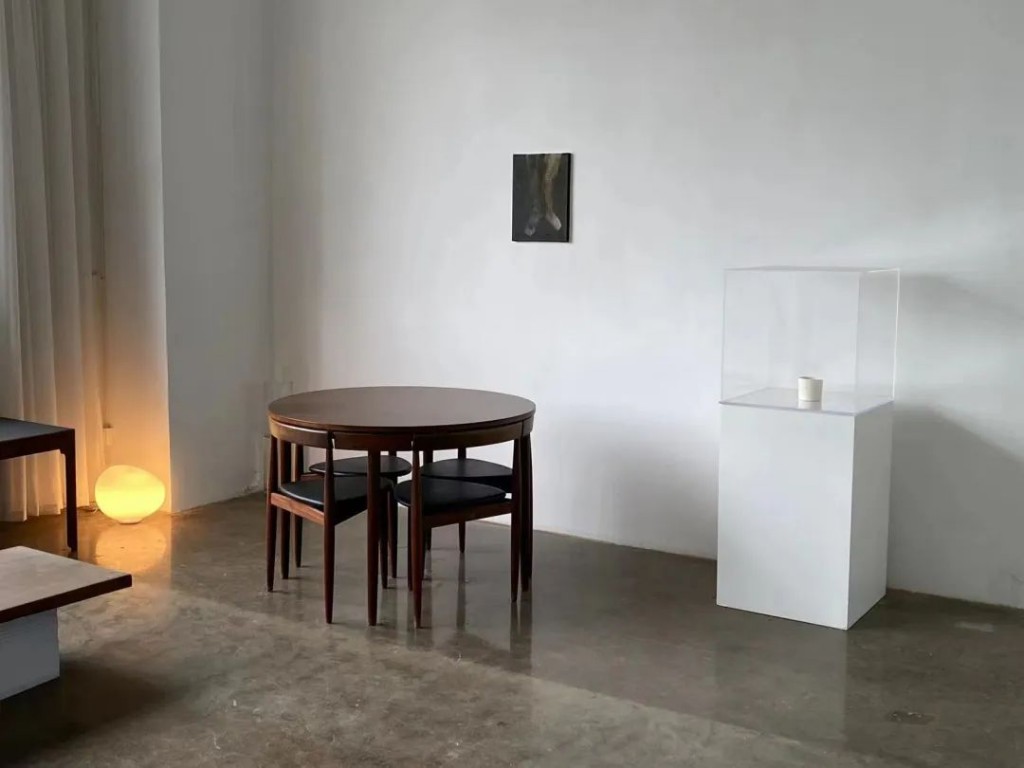

How many artworks do you have so far? Where do you display your collection?
Compared with the number of works, I know the direction of my focus better, and I have a space, MUD Gallery, on the 5th floor of Building 6 in M50, and interested friends can come to me.
What was your earliest and most recent piece of art?
One of the first works in my collection was Mr. Ho Saibang’s ink. Recently, there was a purchase of works from last year’s “What in Case” exhibition of Friedrich Einhoff.

The earliest and most recent purchases appear to be completely different style, is there a thread or theme that connects them?
“New Eurasian Wabi-sabu” with retro overtones.
“Synthesis” and “transformation” is a big part of your collection, and the juxtaposition of works from across the ages resonates.
I believe that the combination of “1 + 1 > 2” is one of the greatest pleasures of owning works of art—the combination of incense and tea sets in ancient Chinese literary rooms is a very testament of this dynamic. Mixing ancient and modern is a natural communication of freedom and depth, often bringing surprises to life, of course—this is also the opposite of narrow circles.
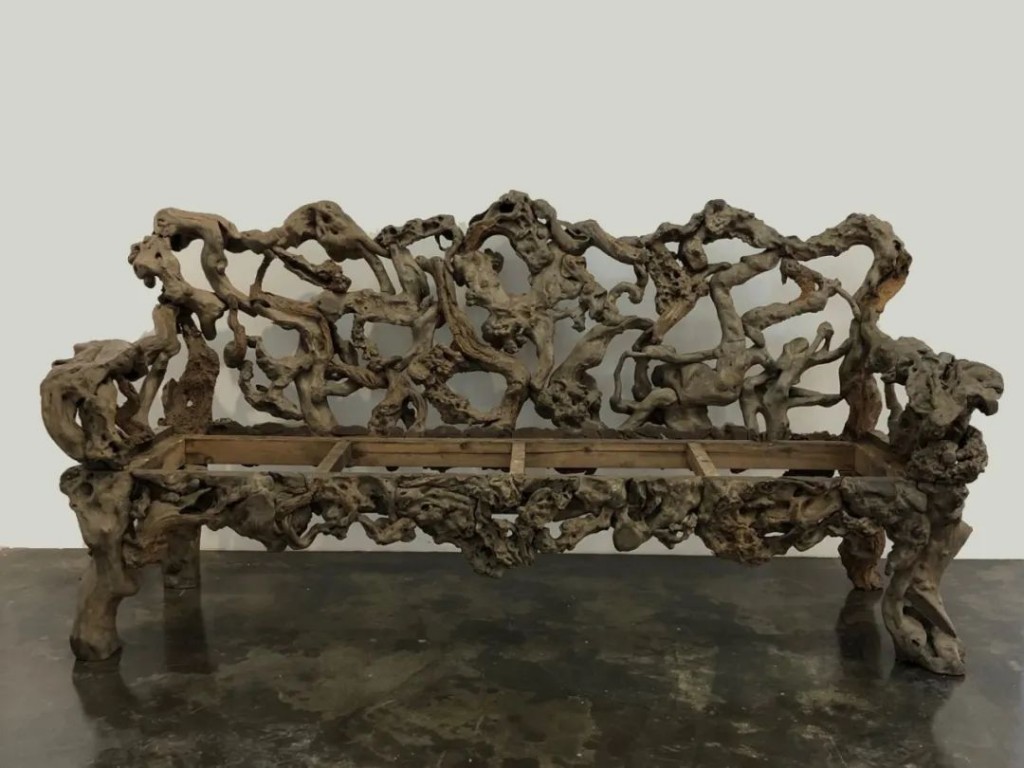
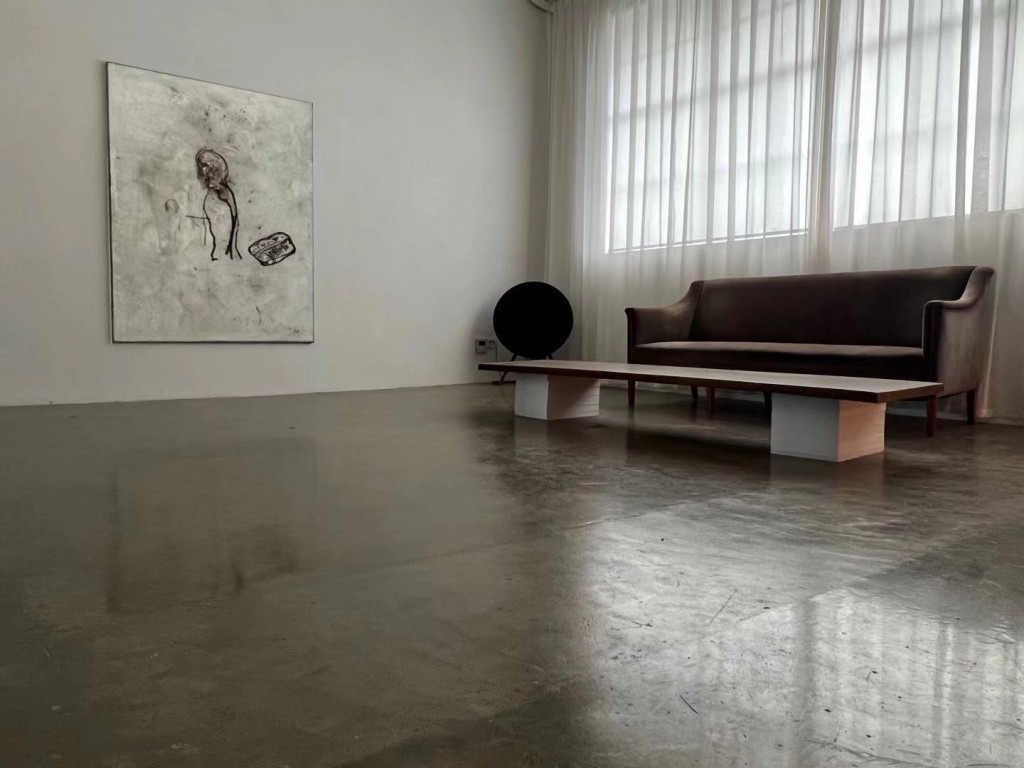
Can you tell us about your collection of Friedrich Einhoff’s work and what attracted you?
In my opinion, it is time for China to begin to experience the urban civilization of the world in a systematic way, and when the timing is right, a disciplined collection of an artist of certain importance is one of the effective methods; and I appreciate Einhoff’s dabbling in synthetic materials, as well as the completion of the work, the rigor of the Steinway piano, which is very in line with the interest of MUD Gallery. In addition, I found that the post-90s generation are able to more effectively discover information from various places than us, and supporting such behavior should be a good thing for everyone.
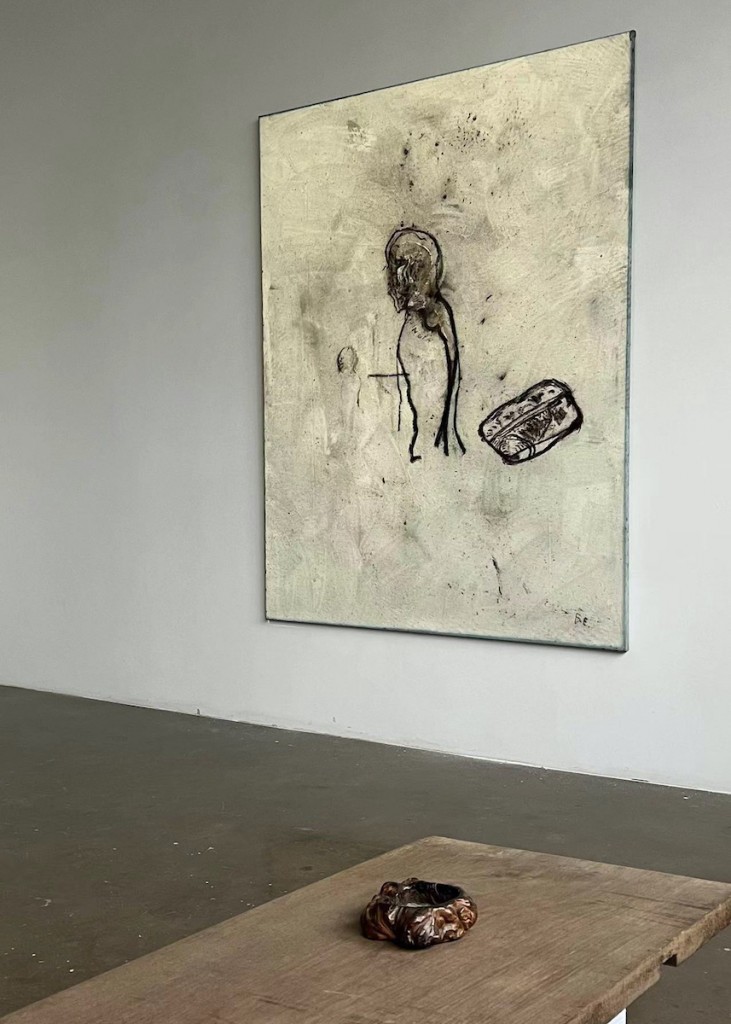
What do you think are the key factors that determine the success of a private collection?
The success of art collecting is too difficult to define and does not need to be uniform; and it seems to me that after time and necessary self-improvement, it is important to still know what you are doing and enjoy it.
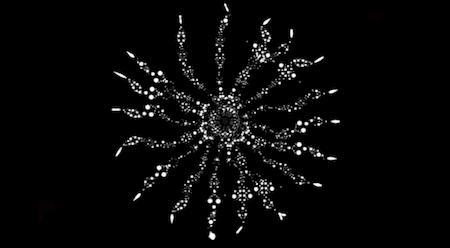
How did your interest in generative art begin?
My dad taught me to play video games in addition to teaching me poetry, calligraphy, and illustration; and I discovered from an early age that children don’t like things like toys and cartoons as long as they touch game consoles, and this will continue until I graduate from college. So, I think the game form of art will be the most likely form of future existence.
Around 2000, when I was just in college, when the Internet was developing rapidly, the global generative art seniors began to share their works for free. I used my only pocket money to buy some books, and made my own work website; due to family reasons, I made various transformations of traditional culture into code generation artworks, and joined “The Expansion Turn” exhibition after graduation in 2006, held by Mr. Li Liang at the East Link Gallery (the original site of the MUD Gallery on the 5th floor of Building M50 6). What I didn’t expect was that with the development of technology and trends, this genre has now really become one of the hottest centers in the world.
。图片由泥轩-MUD-Gallery提供。.gif)
When did the transition from being an NFT artist to collecting NFT come about? What NFT works are currently in the collection?
This is another complete coincidence, a friend introduced me to the Neal Digital team who is doing this category in China, they appreciated my work back then, so I became an artist again, and at the same time, I had the opportunity to calm down and look at the cause and effect in my life up to today from a retrospective perspective.
I began to communicate with artists around the world and followed the development of generative art in China, collecting the works of my predecessors who provided me with free resources in those years, as well as the works of Herbert W. Franke, a pioneer of generative art, and Sage Jenson, a young German artist from the 90s. In the professional generative art circle, there is really a lot of excellent content.
What do you think about the development of NFT art? In your opinion, what makes a good piece of digital art?
From the perspective of museums and academic institutions, this may be a great opportunity to revisit the history of generative art that was relatively neglected before, and globally, we can find the entire thread from the 60s to the present, and I strongly urge China to start sorting out its own generative art history, which is very important for everyone and future development. In my opinion, the classification project of digital art is very necessary, from creative tools, interesting directions to various communities, which should be completed by artists and curators of different professions to help everyone; and after the classification is mature, the good and bad will naturally be easier to reflect.

In addition to collecting, you also participate in art ecology through exhibitions, lectures, historical research, etc.
Young people are more energetic than me, and every time they communicate, they gain something.
Can you name three contemporary Chinese artists who deserve our attention? What is the “sparkle” in them?
He Saibang, Liu Dan, and Hao Liang are the artists I have always followed, they have all done great things on their respective creative paths; and in the future, I may turn another focus to generative art.
What is there to be excited about in the art world at the moment? What are the regrets you have, if any?
Over the next decade, we will face a huge shift, with new and differentiated perspectives emerging, opportunities to learn more about the world, and opportunities to see ourselves more clearly.
,44-x-31.5cm。图片由泥轩-MUD-Gallery提供。-768x1024.jpg)
Who has inspired you the most in the art world?
My grandfather Wu Hufan.
What is your dream in art?
One day, my generative art can be exhibited in an art museum together with the works of my great-grandfather Wu Dacheng and grandfather Wu Hufan.
Instagram: @mud.gallery





